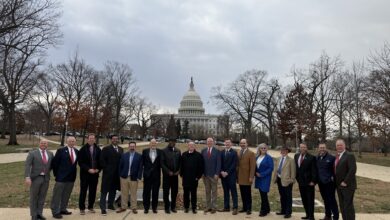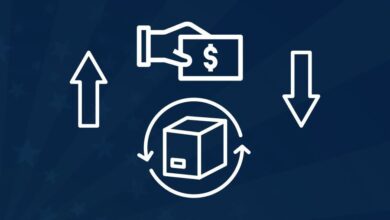The Latest on Tariffs: Updates for 10 Countries
On Thursday evening, July 31, President Trump issued Executive Orders further increasing reciprocal tariff rates for multiple countries, effective Aug. 7. This includes:
- 25% tariffs on goods from India and 20% on goods from Taiwan.
- Tariff rates in previously announced agreements with Indonesia, Vietnam, the Philippines and the European Union will also take effect on Aug. 7, which means that Customs and Border Protection has until then to publish the implementing instructions.
-
- Goods loaded onto a vessel at the port of loading and in transit on the final mode of transit before 12:01 am ET on Aug. 7 and entered for consumption or withdrawn from warehouse for consumption before 12:01 am ET on Oct. 5, will be exempt from the increased tariffs.
-
- The President also issued an Executive Order immediately increasing tariffs for Canadian non-USMCA compliant goods from 25% to 35%.
-
- Unlike the executive order raising tariffs on multiple countries beginning on Aug. 7, the Canadian tariff increase went into effect at 12:01 am ET, on Aug. 1. Implementing instructions from Customs and Border Protection can be seen here.
-
- President Trump also announced a 90-day extension for continued conversations with Mexico to strike a trade agreement.
-
- The extension keeps the existing tariff schedule in place – 25% on automobiles; 50% on steel, aluminum and copper; and 25% on non-USMCA compliant imports.
- The extension staves off the President’s previous announcement that the administration would raise tariffs on Mexican good to 30%.
-
Brazil tariff updates: On Wednesday, July 30, President Trump signed an Executive Order declaring an emergency with respect to Brazil. Invoking a national emergency, the President has declared that the actions of the Brazilian government pose an unusual and extraordinary threat to U.S. national security, foreign policy and the economy.
- Specifically, the executive order sets a 40% International Emergency Economic Powers Act (IEEPA) tariff, effective at 12:01am ET on Wednesday, Aug. 6. This is stacked on top of the 10% IEEPA Reciprocal tariff, which results in a 50% tariff.
- Brazil’s government estimates that 35.9% of exports to the U.S. by value will be impacted.
- View the White House Fact Sheet on the Brazil deal here.
South Korea deal: Also last Wednesday, President Trump announced via social post a new trade deal with South Korea. Per the post, the agreement is said to include:
- A 15% tariff rate
- A commitment from South Korea to invest $350 billion in U.S.-controlled investments and to purchase $100 billion in U.S. liquefied natural gas (LNG) and other energy products.
- That South Korea will be “completely OPEN TO TRADE,” including on cars, trucks and agriculture.
- The deal was clarified by Commerce Secretary Howard Lutnick in a post on X, who noted the $350 billion would have a 90/10 profit split like Japan; the energy purchases are over 3.5 years; the 15% tariff rate includes autos; that South Korea will “not be treated any worse than any other country” on chips and pharma; and that steel, aluminum, and copper aren’t included in the tariffs.
- A White House Fact Sheet has yet to be published on the South Korea deal.
Copper
Following an investigation by the Secretary of Commerce, the President has proclaimed that imports of copper, including semi-finished copper products and derivatives, threaten to impair U.S. national security.
Per the Proclamation text, the Commerce Department found global excess capacity in copper production and noted that a single country controls over 50% of global copper smelting capacity and four of the five largest refining facilities.
Citing a decline in domestic production and a dependence on foreign sources, the proclamation imposes a 50% tariff on the copper content of these imported goods.
View the White House Fact Sheet on copper here.
For the latest on tariffs, visit the RV Industry Association’s Tariff Tracker…



